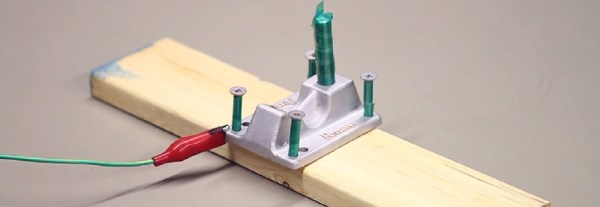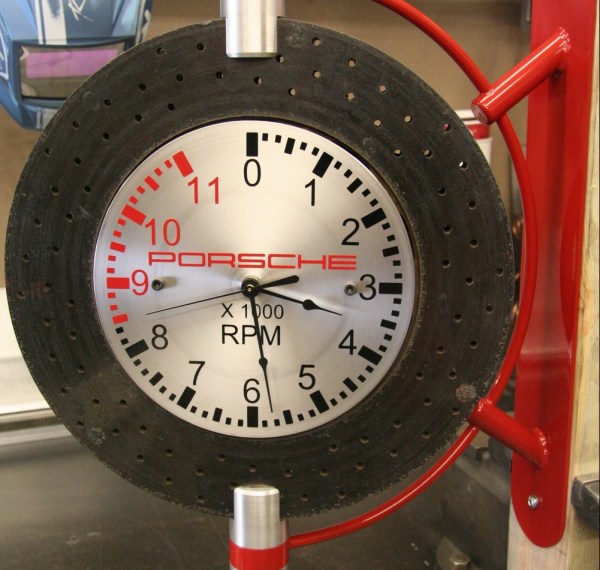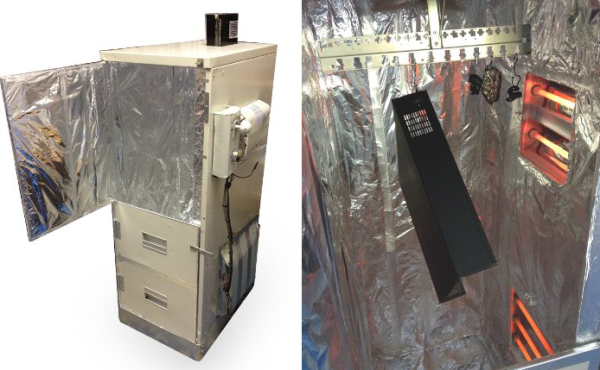If you don’t yet have a toaster oven you can’t use with food, here’s yet another reason: DIY powder coating. Powder coating is much harder and more durable than paint – a property imbued to it by the fact that it’s baked on to a part. [Thomas] had a go at powder coating some skateboard trucks, and with the right tools, found the process downright easy.
[Thomas] only needed a few things to powder coat his parts, the first and most important being a powder coat gun. A few years ago, Craftsman produced a powder coat gun that’s still available on Amazon and eBay for about $50. Powders are plentiful and cheap in small quantities. The only other tools needed were an N95 or better respirator, some high temperature tape for masking off the part and a toaster oven. If you want to coat big parts, there are DIY oven options for that.
After the part was sandblasted down to bare metal, [Thomas] masked off all the holes and threads of the part with polyimide tape. Any tape that’s capable of withstanding high temperatures will do, and most of us have a roll of Kapton sitting next to a 3D printer, anyway.
The part is coated with powder via an electrostatic charge, and this means attaching a ground lead from the gun to the part. After that, it’s just filling the gun with powder, putting it in the oven set at 450°F, and letting the powder liquefy.
In the video below, you can see [Thomas] sandblasting, powdering, and baking a set of aluminum skateboard trucks using his method. Compared to other methods of finishing metal parts – anodizing or plating, for instance, powder coating is remarkably easy and something anyone can do in a garage.
Thanks [Tyler] for sending this one in.
















